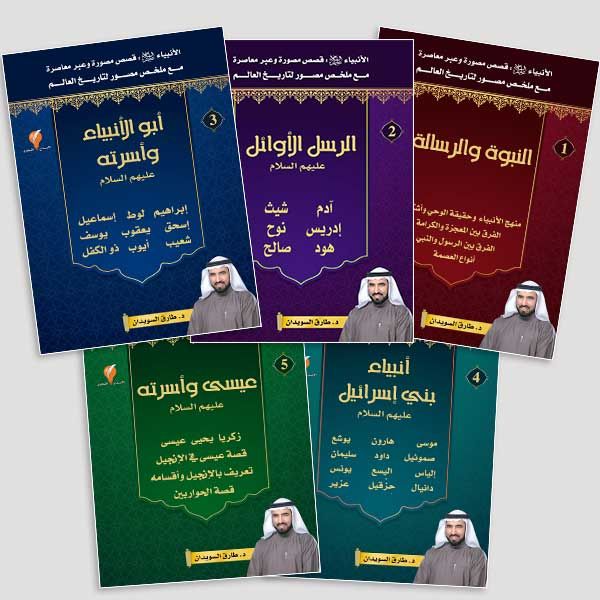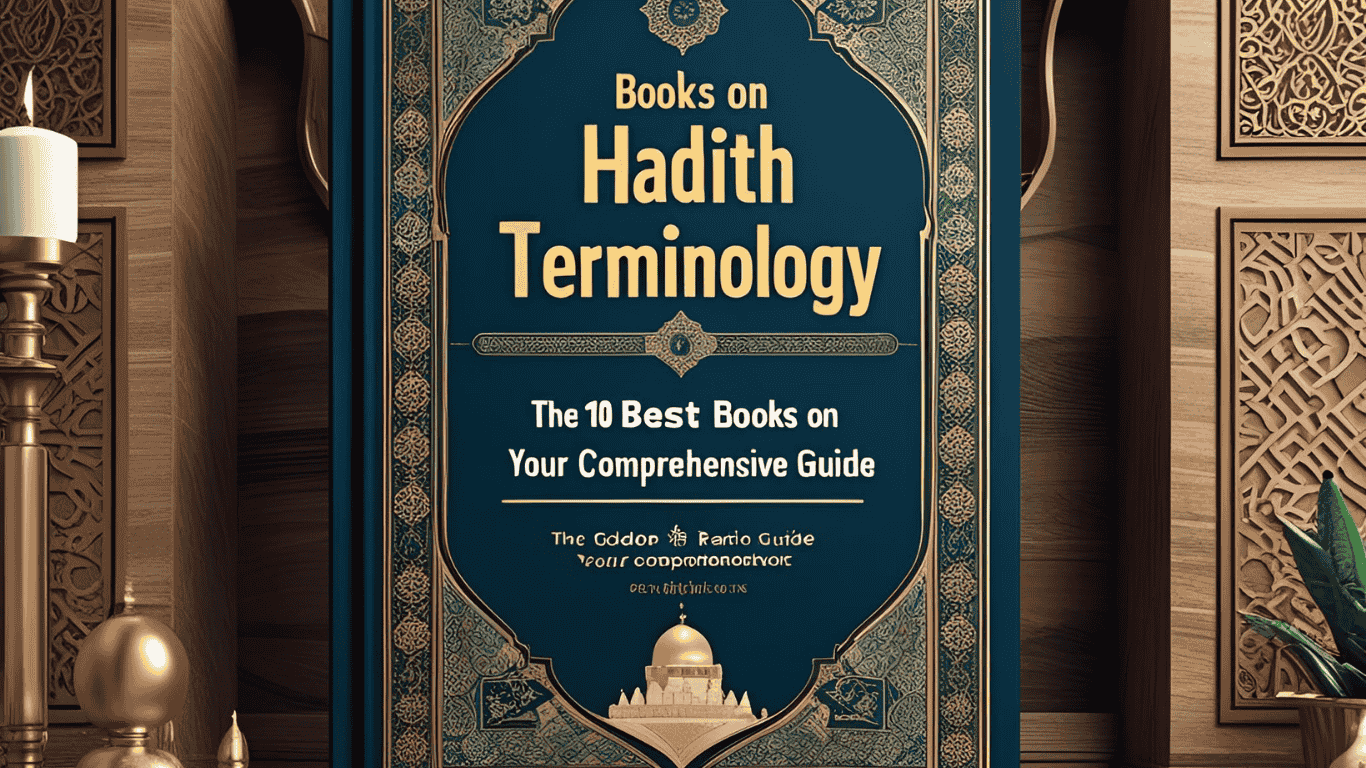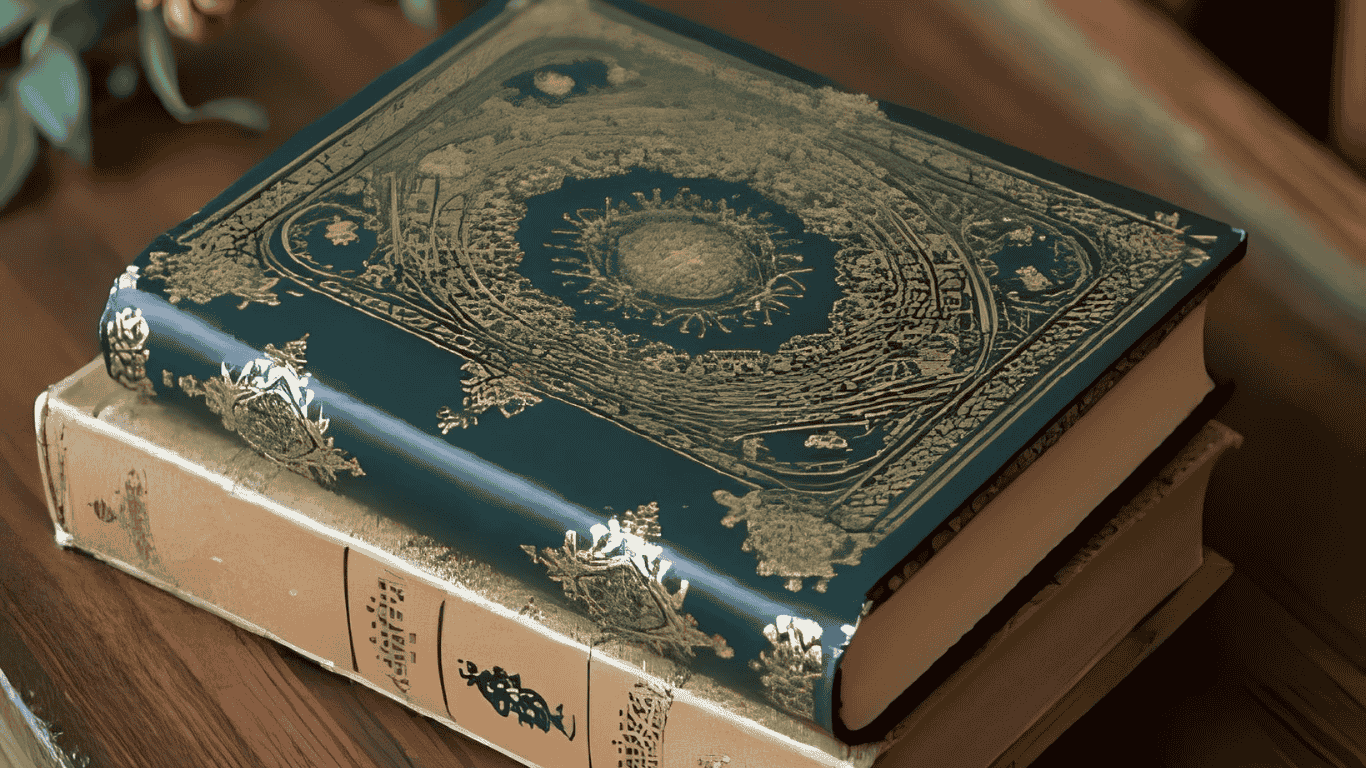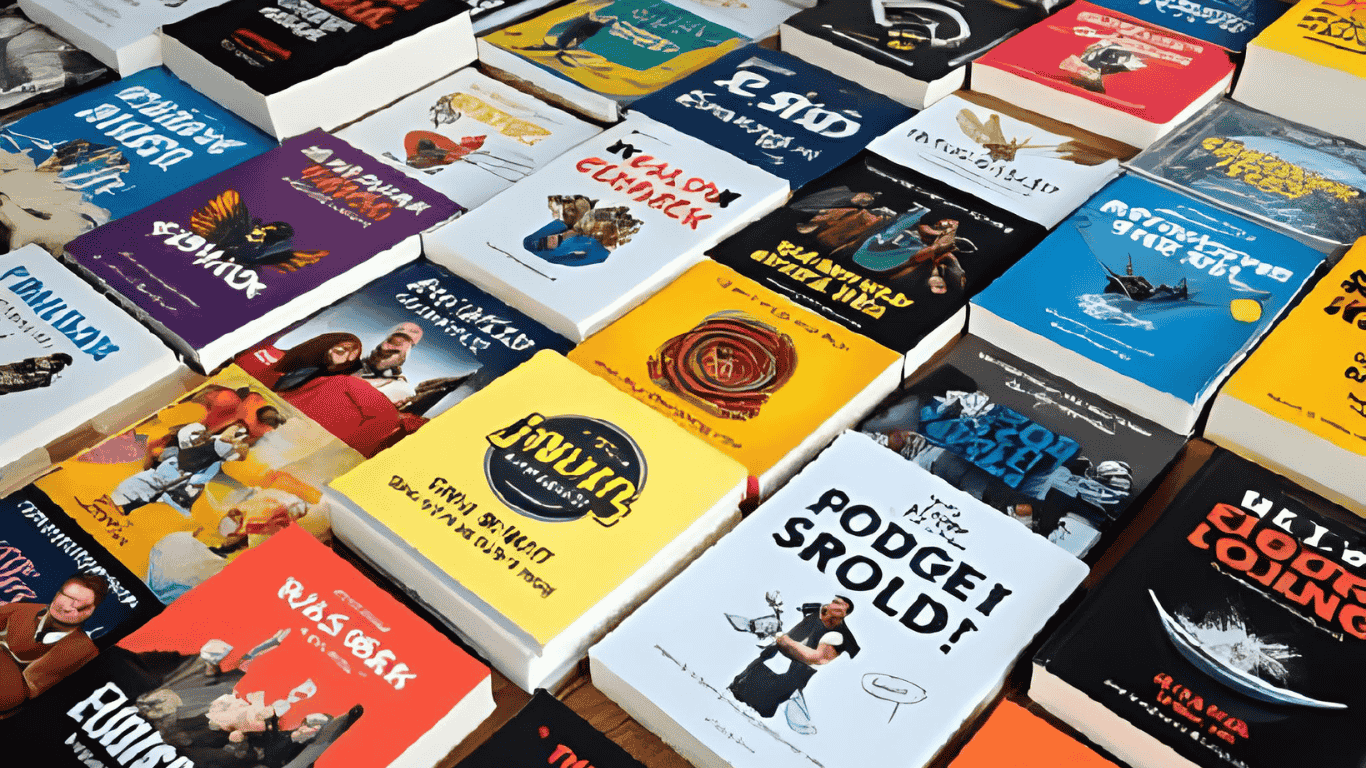Blog details
The Stories of the Prophets by Tariq Al-Suwaidan
Why are the Stories of the Prophets of Great Importance in Human Development?
The stories of the prophets form a central pillar in the spiritual and intellectual development of humanity, transcending the boundaries of chronological narration to encompass realms of emotional and educational formation. They are not merely historical tales but systems of human experiences that embody the struggle between truth and falsehood, between light and darkness, between steadfastness and collapse. The Quranic stories provide the recipient with strong threads of high values, stimulating them to deduce moral and leadership meanings from within the folds of events.
Who is Tariq Al-Suwaidan?
Intellectual and Da'wah Background
Tariq Al-Suwaidan is a prominent Kuwaiti thinker and Islamic educator, known for his harmonious integration of scientific methodology and da'wah (Islamic call) contributions. He holds an academic background in management and engineering, yet his broader contributions have manifested in the fields of thought, education, and human development. His vision transcends the ordinary; he strives to present Islam as a comprehensive civilizational system that responds to the challenges of reality and anticipates the horizons of the future.
His Interest in Narrative Content as an Educational Tool
His interest in stories was not a literary whim, but he chose them as a strategic tool for shaping consciousness, especially among the youth. He realizes that stories possess an extraordinary ability to convey complex concepts simply and to instill them deeply, thus surpassing dry didactic molds. His choice of stories is not an intellectual luxury but a deliberate means for structural change in understanding and reception.
Tariq Al-Suwaidan's "Stories of the Prophets" Project
Intellectual and Educational Objectives of the Series
The "Stories of the Prophets" series was designed to be an intellectual and educational project, drawing from the wellspring of the Holy Quran and presenting it in a contemporary language that connects roots and fruits. Its primary goal is not only to introduce the prophets but to instill great values such as patience, firmness, faith, and mercy through real stories that embody meaning and transform ideas into behavior.
Methodology of Authorship, Preparation, and Verification
Al-Suwaidan's methodology is based on combining historical verification with educational clarity. He relies on accredited sources from books of exegesis and hadith, then re-shapes them with an analytical narrative approach that respects the text and addresses the intellect. He balances transmission and reason, scrutinizing details without getting bogged down in jurisprudential debates.
The Narrative Style in Presenting the Biographies of the Prophets
Connecting Lessons with Contemporary Life
Al-Suwaidan links the events of the stories to current reality, extracting lessons that can be translated into real-life situations. When he narrates Noah's patience, he does not merely describe the event but applies it to the challenges of a contemporary preacher, educator, or simple employee facing pressures. The stories transform into mirrors in which the reader sees themselves and their concerns.
Engaging Narration Combining Accuracy and Enjoyment
The stories are presented in an elegant linguistic style, ranging from rhetorical beauty to structural suspense. He employs modern narrative techniques such as dialogue, surprise, and dramatic progression, which captivates the reader with the text's aesthetic appeal without neglecting its profound value.
Features of Al-Suwaidan's Presentation of the Stories of the Prophets
Balance Between Faith and Reason
The series is characterized by a rare balance between the spirituality of the discourse and the realism of the presentation. It neither dissolves into religious fantasy nor retreats into intellectual dryness, but rather merges the light of revelation with the analysis of reality, producing a moderate vision that educates and inspires without intimidation or forced persuasion.
Utilizing Historical Events to Generate Values
Al-Suwaidan does not stop at transmitting the event but delves into its value dimension. The event becomes an entry point for deconstructing value systems such as truthfulness, courage, steadfastness, and tolerance. He utilizes history as a tool to build the future.
Content of the Stories of the Prophets Series
The Story of Adam (Peace Be Upon Him): The Beginning and the Test
The series begins by narrating the creation of the first human, highlighting the concept of vicegerency and the first confrontation between obedience and rebellion. It addresses the story of prostration, temptation, and repentance, in a way that reflects the depth of the human struggle between desires and compliance.
The Story of Noah (Peace Be Upon Him): Patience and Building the Message
It narrates the path of the message in the face of societal rejection, and how patience formed the backbone of the call. It highlights the ark of salvation as a symbol of transformation, and trust in the vision despite the skeptical environment.
The Story of Abraham (Peace Be Upon Him): Monotheism and Steadfastness
It narrates the epic of monotheism from the moment of breaking idols to the experience of sacrifice, in a narrative that shows faith as a transformative force that accepts no half-measures. Abraham is not only the father of prophets but a compass for the steadfast.
The Story of Joseph (Peace Be Upon Him): The Dream and Empowerment
From the depths of the well to the seats of power, Joseph (peace be upon him) is presented as a model of gentle leadership, employing wisdom and inner beauty, and showing how a person can transform from a victim to a decision-maker.
The Story of Moses (Peace Be Upon Him): Freedom and Confronting Tyranny
A deep conflict between the message and tyranny, Moses is presented as a liberator, not only for the Children of Israel but for humanity from fear and servitude. The story addresses battles of will and the wisdom of confrontation.
The Story of Jesus (Peace Be Upon Him): The Miracle and Mercy
In this chapter, the meanings of purity, altruism, and tolerance are manifested. Jesus (peace be upon him) is depicted as a divine message of love, and a symbol of purity amidst a turbulent material world.
Analysis of Leadership Values in the Stories of the Prophets
Challenge and Steadfastness in the Face of Adversity
Most stories show how the prophets faced tyranny, isolation, and denial, yet they continued with confidence and faith. These models instill in the reader a spirit of perseverance without breaking.
Wisdom in Decision Making
Wisdom is not just intelligence, but insight that manifests in times of crisis. The stories are presented as strategic lessons in the art of decision-making, from Joseph in economics to Moses in confrontation.
Mercy as the Basis of the Message
All stories confirm that the essence of the divine message is mercy, not threat. Al-Suwaidan presents this concept as a central value in modern leadership.
Utilizing Stories in Building Individual and Societal Awareness
How Do the Stories of the Prophets Inspire Us to Create Change?
Stories are not for reading, but for activation. They are transformative tools that awaken in the reader the desire for reform, and a rethinking of their paths, whether on a personal, professional, or social level.
The Impact of Stories on Developing Value Awareness in Children and Youth
The series includes narrative tools that allow children to absorb values through identification, not indoctrination. The story builds an automatic awareness that makes virtue a beloved choice.
Differences Between Al-Suwaidan's Presentation and Traditional Commentators' Presentation
The Educational Dimension Versus the Doctrinal or Historical Dimension
Al-Suwaidan focuses on human development, while the traditional commentator focuses on explaining doctrine or chronological interpretation. Stories for him are a means of character building, not just explaining the unseen.
Stories as a Means of Psychological and Spiritual Rehabilitation
The event is presented in a way that touches the human wound, and contributes to psychological balance, especially for those suffering from frustration or loss of direction.
Global Impact of the Stories of the Prophets Content
Translations and Its Spread on Satellite Channels
The series has been translated into several languages and broadcast on international channels, contributing to the dissemination of Islamic content in an engaging narrative context.
Its Impact on Muslim Communities Abroad
The stories have become a source for teaching Muslim children abroad in their mother tongue, and connecting them to their spiritual roots in an attractive and contemporary way.
Comparison Between the Stories of the Prophets and Contemporary Stories
Eternal Lessons Versus Temporal Variables
Modern stories are tied to their time, while the stories of the prophets stem from a fixed origin valid for all times. Eternity lies in values, not in context.
How Do We Draw Inspiration from Historical Models to Live Them Today?
The prophets are not mythical figures but leaders for application. By understanding their narrative, we can draw inspiration for decisions, build stances, and shape principles in a changing reality.
Why are the Stories of the Prophets with Tariq Al-Suwaidan More Than Just a Tale?
Because they elevate consciousness, activate the mind, move the heart, and reorder the human being from within. They are an invitation to conscious living, not just a journey of spiritual entertainment.
Frequently Asked Questions
Is the series suitable for children and teenagers?
Yes, it is presented in a language that is both easy and profound, and contains content that shapes the child's and youth's emotions away from repetition or intimidation.
Is there a visual or audio version of the stories?
Yes, they are available in audio and visual versions on platforms like YouTube and Audible, making it easy to access the content interactively.
What is the best way to benefit from the series' content?
Reading or listening accompanied by contemplation, and applying the extracted values in daily life, is the most effective way to truly benefit from these intellectual treasures.

 Your guide to the best books o...
Your guide to the best books o...
 How do you get free e-books?
How do you get free e-books?
 Your guide to reading various...
Your guide to reading various...
 Download books for free: A com...
Download books for free: A com...